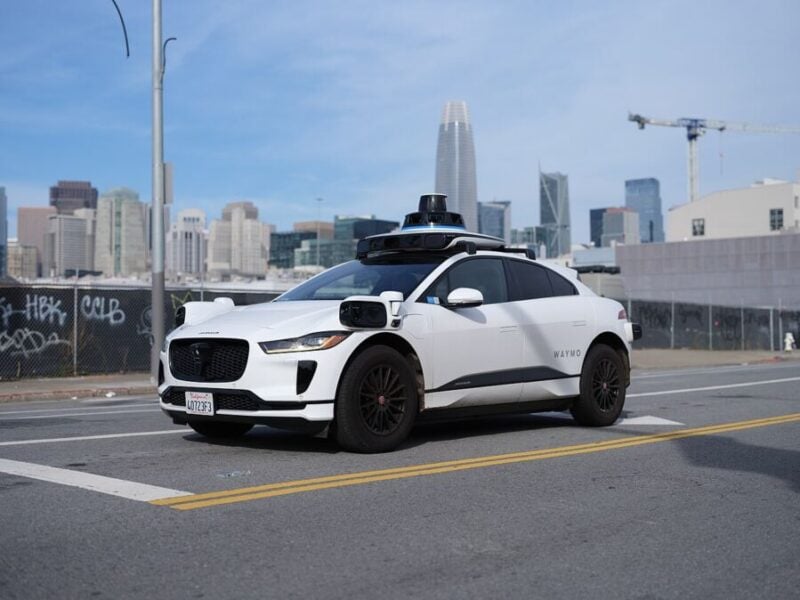In a significant advancement for automated vehicle safety, Waymo’s driverless taxi service has demonstrated a dramatic reduction in crashes compared to human drivers, with particularly impressive results at road intersections.
A peer-reviewed study to be published in Traffic Injury Prevention examined 56.7 million miles of Waymo’s Rider-Only (RO) service – vehicles operating without a human behind the wheel – and found substantial safety improvements across multiple crash types.
The most striking result came from intersection crashes, which showed a 96% reduction in injury-reported incidents compared to human benchmarks. Intersection collisions represent one of the most dangerous and common crash scenarios on American roads.
“V2V Intersection crash events represented the largest total crash reduction, with a 96% reduction in Any-injury-reported (87%-99% confidence interval) and a 91% reduction in Airbag Deployment (76%-98% confidence interval) events,” the researchers reported.
The study, led by Kristofer Kusano and colleagues at Waymo, stands out as the first comprehensive assessment of an autonomous ride-hailing service that makes statistical conclusions about serious crash outcomes and analyzes performance by specific crash types.
Beyond intersections, the Waymo vehicles demonstrated significant safety improvements in crashes involving cyclists (82% reduction), motorcyclists (82%), pedestrians (92%), single-vehicle incidents (93%), and side-impact collisions (74%) compared to human drivers in the same geographic areas.
The researchers took careful steps to ensure a fair comparison, adjusting for factors like vehicle type, road type, and the specific locations where Waymo operates. Their analysis focused on three crash severity levels: any-injury-reported, airbag deployment, and suspected serious injury or fatality.
“This study represents the first retrospective safety assessment of an RO ADS that made statistical conclusions about more serious crash outcomes (Airbag Deployment and Suspected Serious Injury+) and analyzed crash rates on a crash type basis,” the authors stated.
The analysis covered Waymo’s operations in Phoenix, San Francisco, Los Angeles, and Austin through January 2025. Human benchmark data came from state vehicle miles traveled statistics and police-reported crash data from the same regions.
While most crash types showed reductions, the results for rear-end collisions were more nuanced. Waymo vehicles were significantly less likely to strike other vehicles from behind, but showed a slight increase in being struck from behind in Phoenix – though this difference was offset by reductions in more serious crash types.
Transportation safety experts have long anticipated that autonomous vehicles might deliver safety benefits, but until now, limited real-world data existed to support these predictions. This study provides some of the most compelling evidence to date of safety improvements from fully autonomous vehicles operating at scale.
The researchers suggest these findings provide valuable insight for stakeholders, regulators, and other autonomous vehicle companies aiming to objectively evaluate the safety impact of automated driving technology.
If our reporting has informed or inspired you, please consider making a donation. Every contribution, no matter the size, empowers us to continue delivering accurate, engaging, and trustworthy science and medical news. Independent journalism requires time, effort, and resources—your support ensures we can keep uncovering the stories that matter most to you.
Join us in making knowledge accessible and impactful. Thank you for standing with us!

